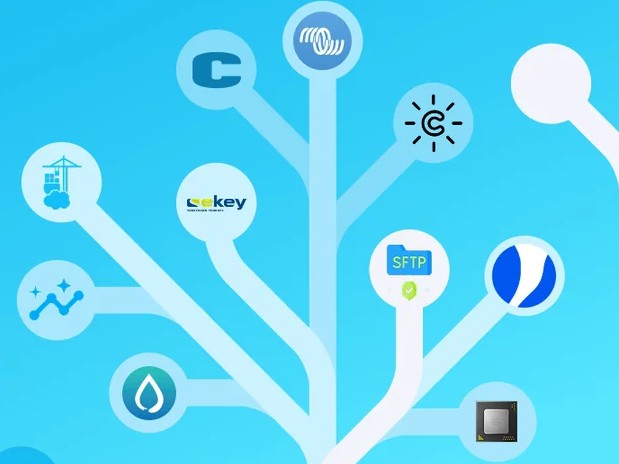To integrate AI-powered automation into a small or mid-size business, you can follow a step-by-step process that ensures effective deployment and monitoring. This guide aims to provide non-developers, such as operations managers, with a straightforward path to achieving this goal.
Before starting, assess your business needs. Identify specific tasks that require automation. These can include customer service responses, inventory management, or sales forecasting. Determine the key performance indicators (KPIs) you want to track, such as response time, cost savings, or increased revenue. A clear understanding of your objectives will streamline the implementation process.
Next, ensure you have the prerequisites in place. Familiarity with basic software tools and a willingness to learn about AI platforms is essential. Choose an AI automation tool that suits your needs; platforms like Zapier, Integromat, or Microsoft Power Automate offer user-friendly interfaces. You may also need access to relevant APIs for services you wish to integrate.
Now, proceed with configuration. Begin by signing up for the selected AI platform. Most tools offer step-by-step wizards that guide you through setting up an automation. For instance, if you’re automating customer service, you may connect your email, CRM, and chatbot tools. Specify the triggers that will initiate the automation, such as receiving a customer query or a pre-defined time interval.
Next, define the actions that the automation will carry out. For example, when a customer email arrives, the system could log it in the CRM, send an acknowledgment, or create a task for follow-up. Input sample data to validate that your setup works correctly, such as a mock customer email. Aim for a smooth workflow and monitor how data flows from the trigger to the resulting actions.
Testing is critical. Before deploying your automation in a live environment, conduct robust tests. Use representative data sets to see how the automation responds and identify any areas for improvement. Track how the system behaves under varying conditions, such as higher email volumes, to ensure reliability.
Monitoring is indispensable once your automation goes live. Set up alerts to notify you when something goes awry. Regularly review performance against your KPIs. Automation tools often provide dashboards that allow you to visualize your data and gather insights. Adjust the settings as necessary based on these insights to optimize performance.
Error handling policies must be in place. Anticipate common issues, like incorrect data formats or API changes, and draft a clear response plan. Offer easy access for team members to report problems and troubleshoot. Automation tools typically offer logs that provide detailed error reports, which can help diagnose issues faster.
Cost control should also be a priority. Keep track of your software subscription costs. Some automation tools charge based on usage, so monitor the number of tasks executed. If you notice spikes in costs, assess whether your automations can be streamlined or whether you could use a lower-tier subscription.
Data security and privacy are paramount. Ensure that the AI tool you choose complies with relevant regulations, such as GDPR or HIPAA if applicable. Safeguard sensitive data with encryption and set permissions to limit access according to employee roles. Regularly review security policies and practices to maintain compliance and protect customer information.
Vendor lock-in can be a concern too. Choose platforms that offer easy exit options and data export capabilities. Avoid proprietary systems that make it challenging to migrate to a different service; instead, opt for open-source solutions or those based on widely accepted standards. This flexibility will ensure that future transitions don’t become cumbersome.
To gauge your return on investment (ROI), calculate the cost savings achieved through automation. Factor in time saved for staff and increased productivity. Compare your pre-automation KPIs with those tracked post-deployment to ascertain improvements. Document these findings to help justify ongoing investments in automation.
Ongoing maintenance is vital for sustaining automation effectiveness. Periodically review and adjust your workflows in line with business changes and evolving technologies. Remain open to adopting new features released by your automation tool that could further enhance your processes.
FlowMind AI Insight: Implementing AI-powered automation may initially seem daunting, but with proper planning and execution, it can lead to significant operational efficiencies and cost savings. Being mindful of security, compliance, and vendor relations can enhance your success and safeguard your investments, making it a worthwhile endeavor for any small or mid-size business.
Original article: Read here
2025-10-02 15:15:00

